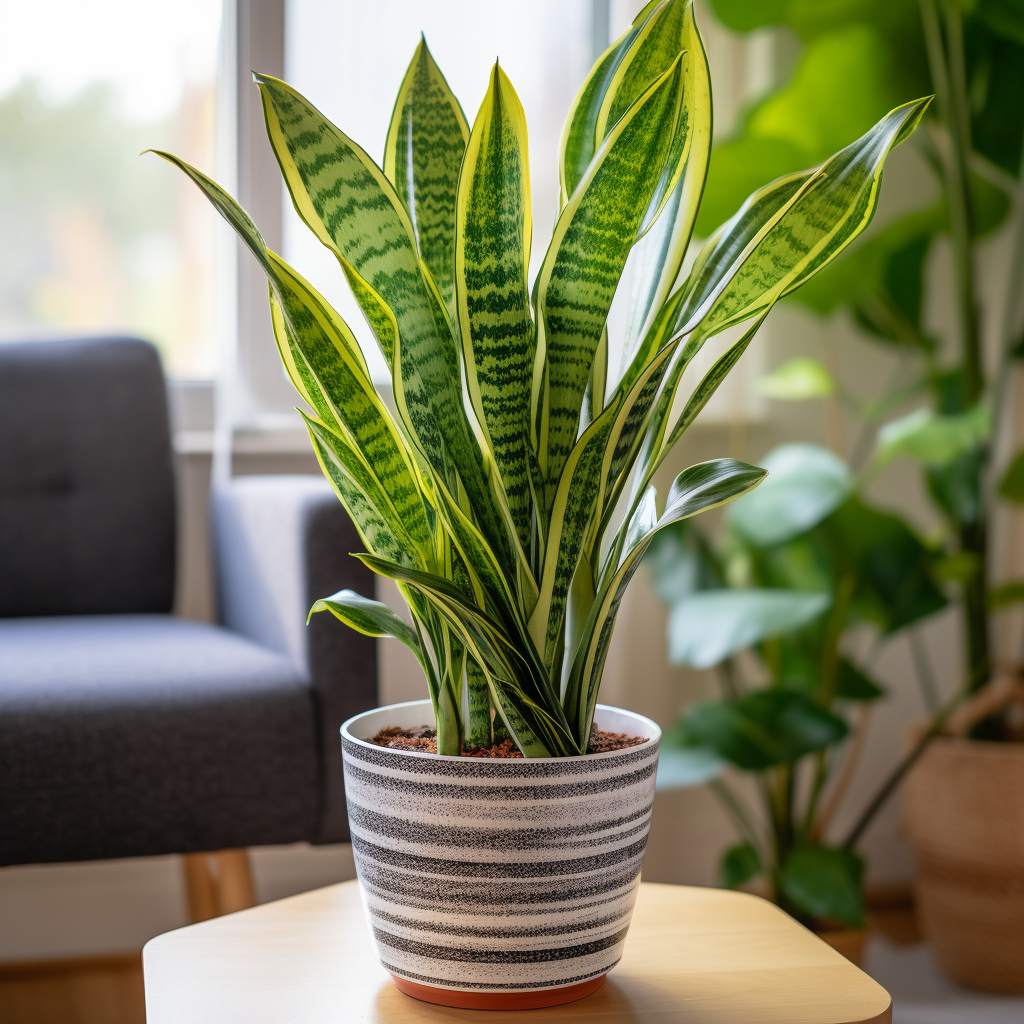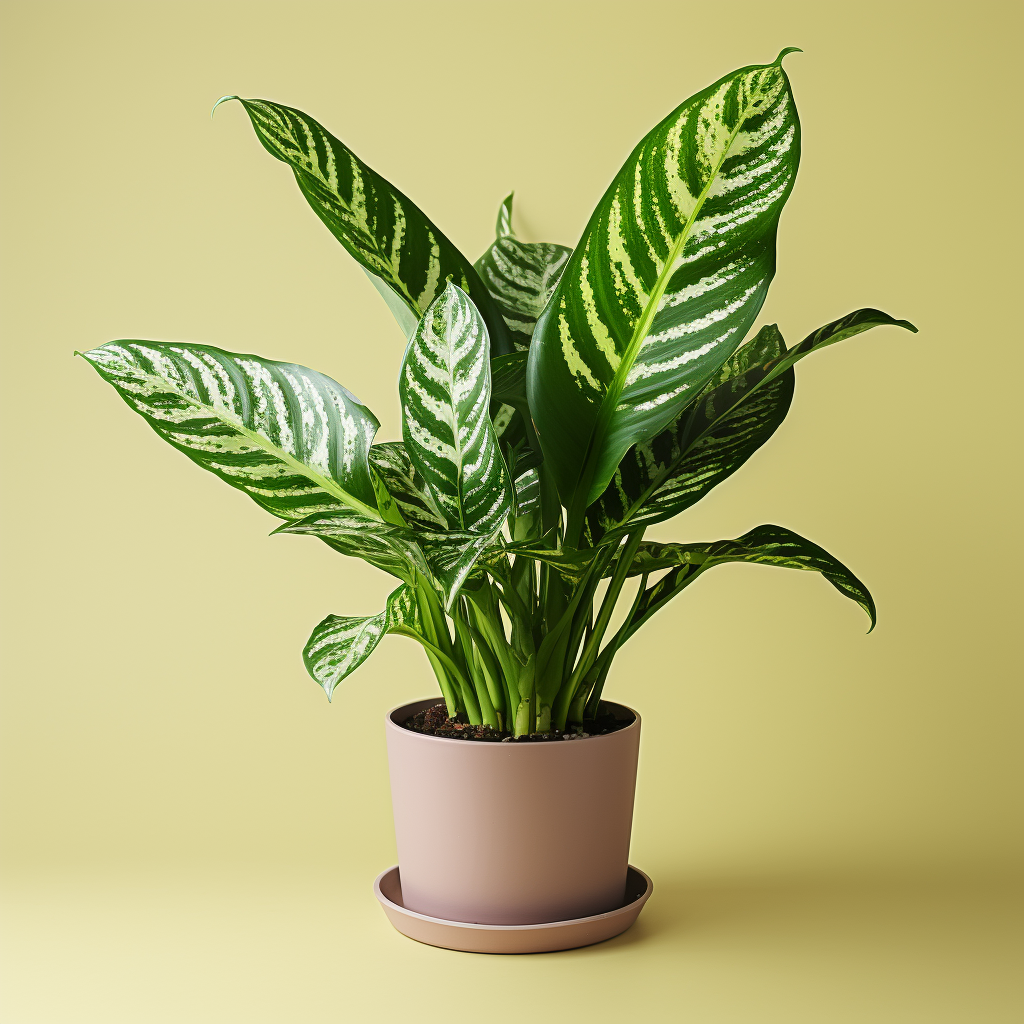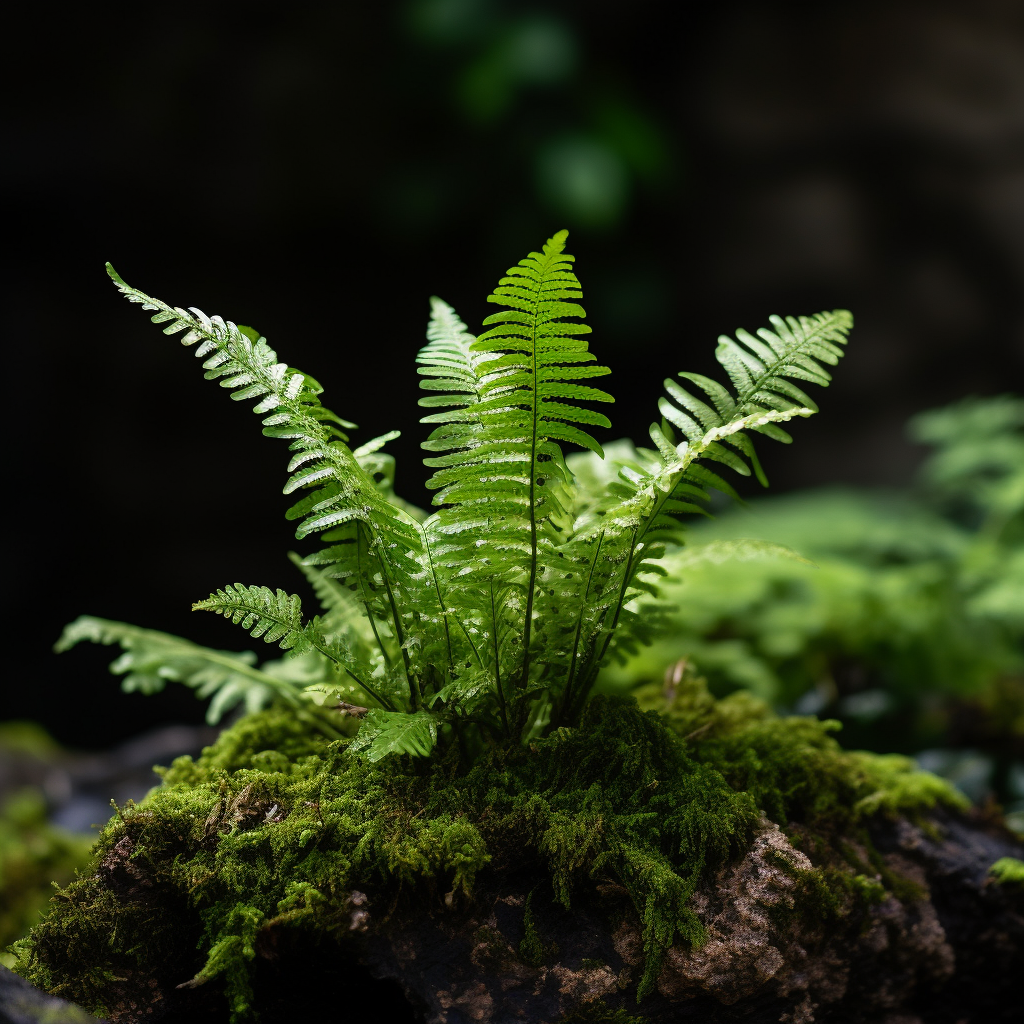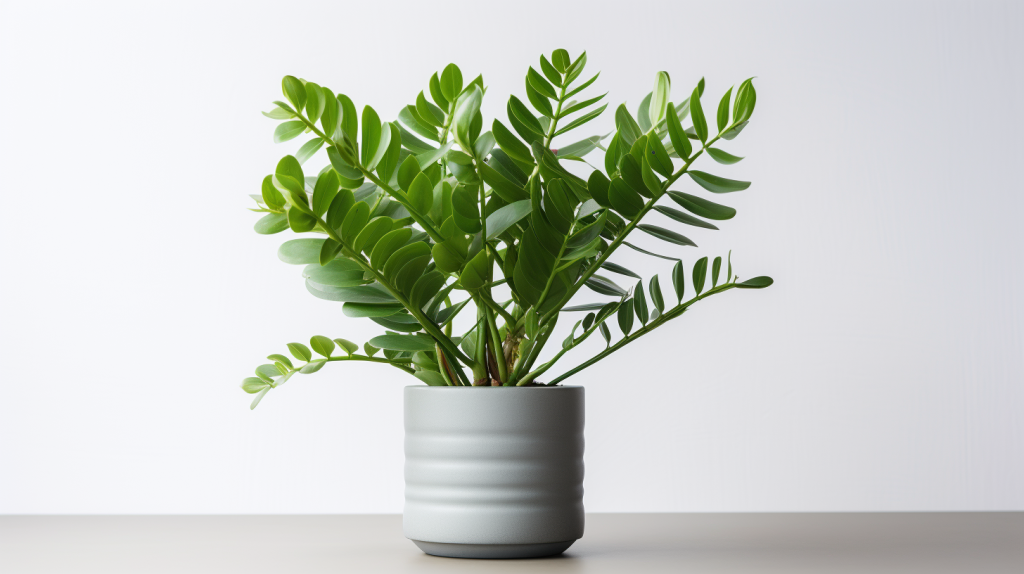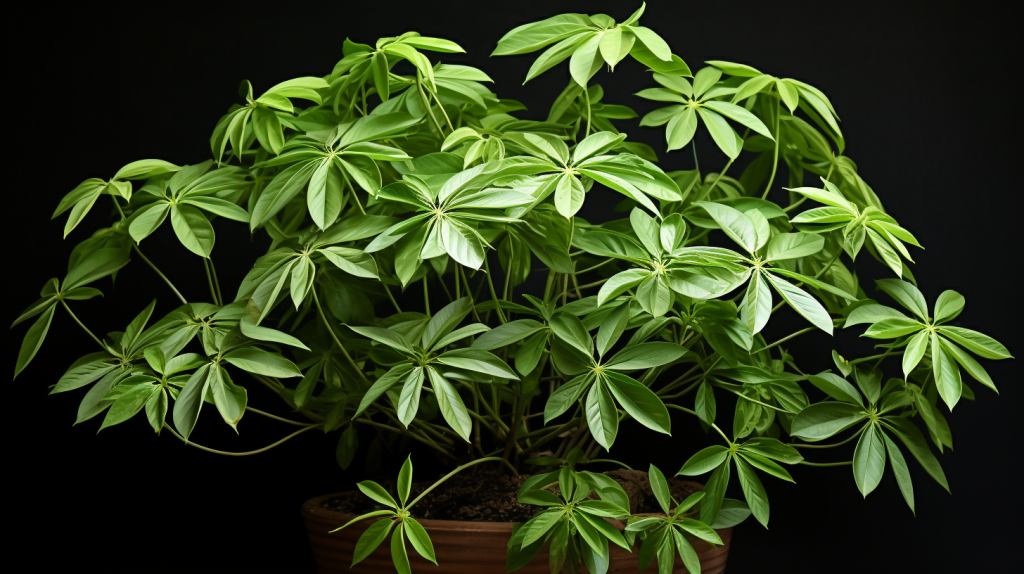The Snake Plant, scientifically known as Dracaena Trifasciata or Sansevieria Trifasciata, is a common houseplant renowned for its low maintenance requirements and striking, architectural appearance. Also known as the Mother In Laws Tongue Plant, this robust plant originates from West Africa, standing tall in homes across the globe with its characteristic erect, sword-shaped leaves. This humble green friend is not only a delightful sight but also comes packed with several surprising benefits. Let’s dive in!
Description of Mother in Laws Tongue Plant
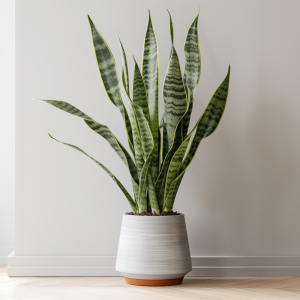
What makes this plant the go-to choice of many homeowners? The Snake Plant is a perennial, evergreen plant reaching up to 2 meters tall, depending on the species. It bears thick, vertical leaves that form a rosette shape, often boasting vibrant green, mottled, or variegated shades with distinct, horizontal grey-green stripes. The leaves’ sharp, pointed ends resemble a snake’s tongue, leading to its colloquial name – the Mother In Laws Tongue Plant.
Flowering
Occasionally, when conditions are just right, the Snake Plant will treat you to a delightful surprise. The plant blooms, presenting a beautiful bouquet of creamy-white, fragrant flowers that often appear on a long flower stalk. Although infrequent and often unnoticed in indoor settings, this unique flowering experience is a sight to behold when it happens.
Foliage
The foliage of the Snake Plant is its standout feature. The plant’s thick, waxy, and upright leaves are a distinctive sight, adding a bold statement to any living space. Depending on the variety, the leaf colors may range from deep green to light green, and sometimes even yellow or white, adding diversity and contrast to your indoor garden.
Air Purifying
Did you know your Snake Plant is working overtime to improve your home’s air quality? This diligent houseplant has been found in NASA’s Clean Air Study as an effective air purifier. It filters out common toxins such as formaldehyde, benzene, and trichloroethylene, boosting oxygen levels in your room while you sleep. Talk about a plant with a purpose!
Poisonous
While we revel in the benefits of the Snake Plant, it’s essential to note its mildly toxic nature. The plant’s leaves contain saponins, which can cause nausea or diarrhea if ingested by pets or children. Therefore, it’s recommended to place this plant out of reach if you have curious pets or toddlers at home.
Snake Plant Facts
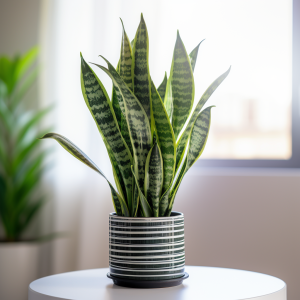
| Fact | Information |
|---|---|
| Botanical Name | Dracaena Trifasciata |
| Common Names | Snake Plant, Mother in Law’s Tongue, Viper’s Bowstring Hemp |
| Native to | West Africa |
| Height | Up to 2 meters |
| Toxicity | Moderate – harmful if ingested |
| Air Purifying | Yes |
| Light Requirements | Low to Bright, indirect light |
| Water Requirements | Let soil dry out between waterings |
Caring for Snake Plant
The Snake Plant is a dream come true for novice gardeners or those with a busy schedule. It thrives under neglect, making it an easy plant to care for. It needs minimal light, moderate watering, and can adapt to various indoor conditions. The plant prefers well-drained soil and isn’t fond of too much water, as it can cause root rot.
| Care Aspect | Instructions |
|---|---|
| Light | Thrives in low to bright indirect light |
| Water | Water thoroughly and allow soil to dry out between watering |
| Temperature | Prefers warmer temperatures, between 70°F – 90°F |
| Humidity | Can tolerate low humidity |
| Soil | Well-draining, sandy soil |
Common Problems With Snake Plant
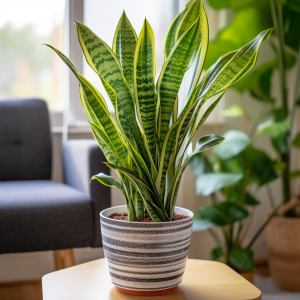
Despite its hardy nature, the Snake Plant can sometimes face issues like overwatering leading to root rot, or yellowing leaves due to excess light. Spider mites, mealybugs, and scales are occasional pests. But, don’t worry! With proper care and attention, your Snake Plant will bounce back in no time.
Frequently Asked Questions
- Why is my Snake Plant drooping? Drooping in Snake Plants is often a sign of overwatering or poor drainage.
- Is the Snake Plant safe for pets? While not deadly, the Snake Plant is mildly toxic to pets and may cause gastrointestinal upset if ingested.
- How often should I water my Snake Plant? It’s best to water your Snake Plant only when the soil has completely dried out.
- Why are the leaves of my Snake Plant turning yellow? Yellowing leaves can indicate too much water or exposure to too much direct sunlight.
- Can the Snake Plant survive in low light? Yes, Snake Plants are one of the few houseplants that can survive even in low light conditions.
- Why is my Snake Plant not flowering? Snake Plants rarely flower indoors. Providing optimal care conditions can increase the chances.
Conclusion
The Snake Plant, with its unique architectural form and low-care requirements, is a brilliant addition to any home or office space. Its air-purifying qualities and resilience make it a wonderful indoor companion. Though it has a reputation for being a little bit toxic, with proper care and caution, it’s easy to enjoy all the benefits this wonderful plant has to offer.
References
- NASA Clean Air Study: Interior Landscape Plants for Indoor Air Pollution Abatement (https://ntrs.nasa.gov/citations/19930073077)
- The Royal Horticultural Society: Sansevieria trifasciata (https://www.rhs.org.uk/Plants/16209/i-Sansevieria-trifasciata-i/Details)
- American Society for the Prevention of Cruelty to Animals: Toxic and Non-Toxic Plants (https://www.aspca.org/pet-care/animal-poison-control/toxic-and-non-toxic-plants/snake-plant)

